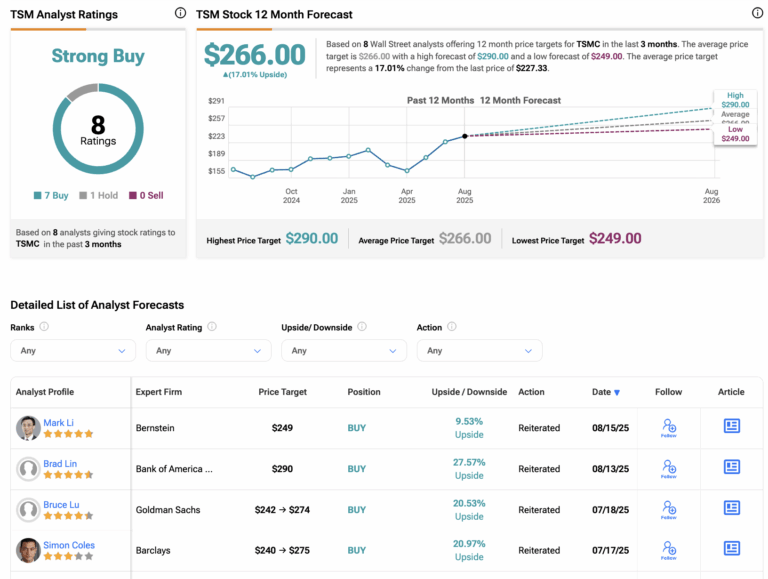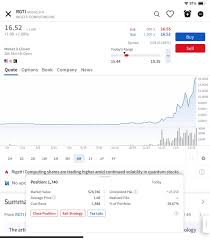Introduction to Flight Tracking
In the age of technology, the ability to monitor flights in real-time has never been more critical. With millions of passengers traveling daily, flight tracker services have become an essential tool for airlines, passengers, and airport authorities. These services offer insights that improve travel efficiency, enhance customer experience, and ensure safety. The current aviation landscape, affected by disruptions from the pandemic and increased demand for transparency, has propelled flight tracker technology into the spotlight.
The Mechanics of Flight Tracking
Flight tracking technology employs various systems, such as ADS-B (Automatic Dependent Surveillance–Broadcast) and radar, to monitor aircraft locations. These systems relay data about flight speed, altitude, and heading to centralized databases. Websites and mobile applications then present this information in a user-friendly format, allowing individuals to track flights live.
The market for flight tracker apps has burgeoned with options like FlightAware, FlightRadar24, and others, offering features such as real-time notifications, historical data analysis, and even predictive algorithms that suggest delays based on myriad factors like weather and air traffic conditions. These innovations are crucial for travelers, as they provide timely information about their flights, enabling better planning and reducing anxiety associated with travel uncertainties.
Recent Developments
As of late 2023, significant advancements in flight tracker technology are reshaping air travel. The increasing reliance on artificial intelligence (AI) is allowing for more predictive features that analyze patterns and offer insights into potential delays before they occur. This has been particularly useful during busy travel seasons when disruptions can lead to cascading delays across flight schedules.
Moreover, partnerships between airlines and tech companies have enhanced the accuracy of data provided through flight trackers. For example, integrating weather forecast systems has enabled real-time adjustments to flight paths, potentially averting delays and ensuring passenger safety. The focus on sustainability in aviation has also led to the integration of flight tracking data with fuel efficiency metrics, driving more environmentally conscious flight planning.
Conclusion
Flight trackers have fundamentally transformed the travel experience, making flights more transparent and manageable for passengers and airlines alike. As technology continues to evolve, we can expect further enhancements in real-time tracking capabilities. The emphasis on AI and data integration will likely pave the way for smarter, more efficient flight operations. For travelers, embracing these advancements not only means staying informed but also contributing to a more optimized travel environment, ultimately improving the overall air travel experience.

